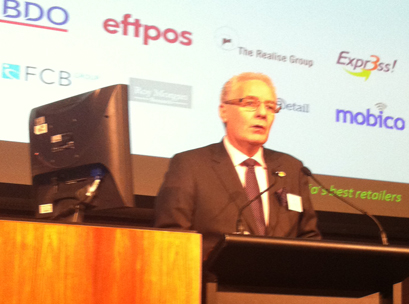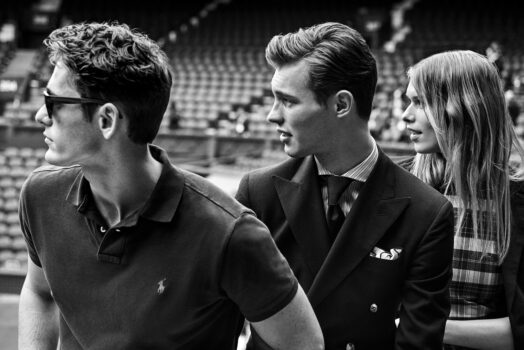 Luxury retail is on the rise in Australia despite a decline in other retail sectors, according to industry research organisation IBISWorld.
Luxury retail is on the rise in Australia despite a decline in other retail sectors, according to industry research organisation IBISWorld.
Research shows while the majority of retailers have suffered amid rising competition from online-only retailers and largely negative consumer sentiment over the past five years, Australian luxury retailers have been relatively insulated from the weak retail environment.
“The Luxury Retailing industry has grown at a rapid pace over the past five years, with revenue expected to grow at an annualised 10.2 per cent over the five years through 2017-18, to $2.1 billion,” said Kim Do, IBISWorld senior analyst.
Do said this growth has largely been driven by inbound tourism, particularly from Asian tourists. Sales from local buyers have also grown, she said, due to market polarisation and growing interest in luxury brands from younger consumers.
“Changes in marketing techniques by many luxury houses have additionally contributed to revenue growth over the period,” Do said.
According to Do, the Luxury Retailing industry’s robust performance is largely attributable to tourist expenditure on luxury goods.
“IBISWorld anticipates that in 2017-18, approximately 30 per cent of industry revenue will come from inbound tourists, especially from the rising middle class markets in Asia, such as China,” she said. “This demographic has been one of the key markets for the industry, helping it to weather the effects of widespread economic uncertainty.”
Tourism Research Australia (TRA) had stated China is expected to overtake New Zealand as Australia’s largest source of international visitors in 2017-18. This growth has been caused by rising middle-class wealth in China, which has allowed Chinese visitors to spend more money on discretionary activities such as travel.
TRA also estimates Chinese visitors to have the largest tourism expenditure of any international market. According to the latest available information from Tourism Australia, Chinese tourists collectively spent over $10.3 billion in Australian retail over the year ending September 2017. This accounts for over 25 per cent of all tourism spending.
However, the inbound tourism market has traditionally been drawn to heritage luxury labels and large flagship stores, rather than niche brands.
This is largely due to the prestige and popularity of brands such as Chanel, Louis Vuitton and Gucci across Asia. According to IBISWorld, many outlets have changed their retail offering to capitalise on this growing trend.
“Shopping centres and airports are updating their retail offering to take advantage of the burgeoning growth in luxury retail spending,” Do said. “For example, Melbourne’s International Terminal (T2), which just underwent a three-year, $50 million makeover, now includes brands such as Tiffany & Co., Emporio Armani and Burberry.”
Similarly, she added, over the past five years, Chadstone Shopping Centre has added brands such as Saint Laurent, Givenchy, Dior, Cartier and Balenciaga, with more anticipated to arrive over the next five years. Other international airports and high-end shopping centres across the country are also following suit.
Research showed luxury retail sales from local customers have also increased over the past five years. This growth has been driven by a variety of trends, such as market polarisation, luxury goods being bought as investment pieces, and a shift in the market towards younger consumers.
“Polarisation in the retail market involves consumers buying the majority of their clothes and accessories from the fast fashion segment and then complementing this with pieces from the luxury high-end market,” Do said. “This has been particularly prevalent for items such as handbags, jewellery, belts and other accessories, which have grown as a share of industry revenue over the past five years.”
Do said polarisation has also gained momentum as an increasing number of consumers have viewed luxury items as investment pieces. This is due to the ability of these items to remain fashionable and last a lifetime, along with possibly even increasing in value.
Traditionally, the typical consumers of luxury goods have been the cash-rich, middle-aged cohort. However, according to IBISWorld, as incomes increase, younger consumers are becoming increasingly conscious of fashion and luxury, especially due to the influence of social networking platforms. Social media has allowed younger consumers to increasingly share their items online and become more exposed to the extravagance of celebrity lifestyles, stimulating demand for luxury items. As a result, many luxury retailers have changed their product ranges and marketing strategies to attract younger consumers.
Access exclusive analysis, locked news and reports with Inside Retail Weekly. Subscribe today and get our premium print publication delivered to your door every week.





